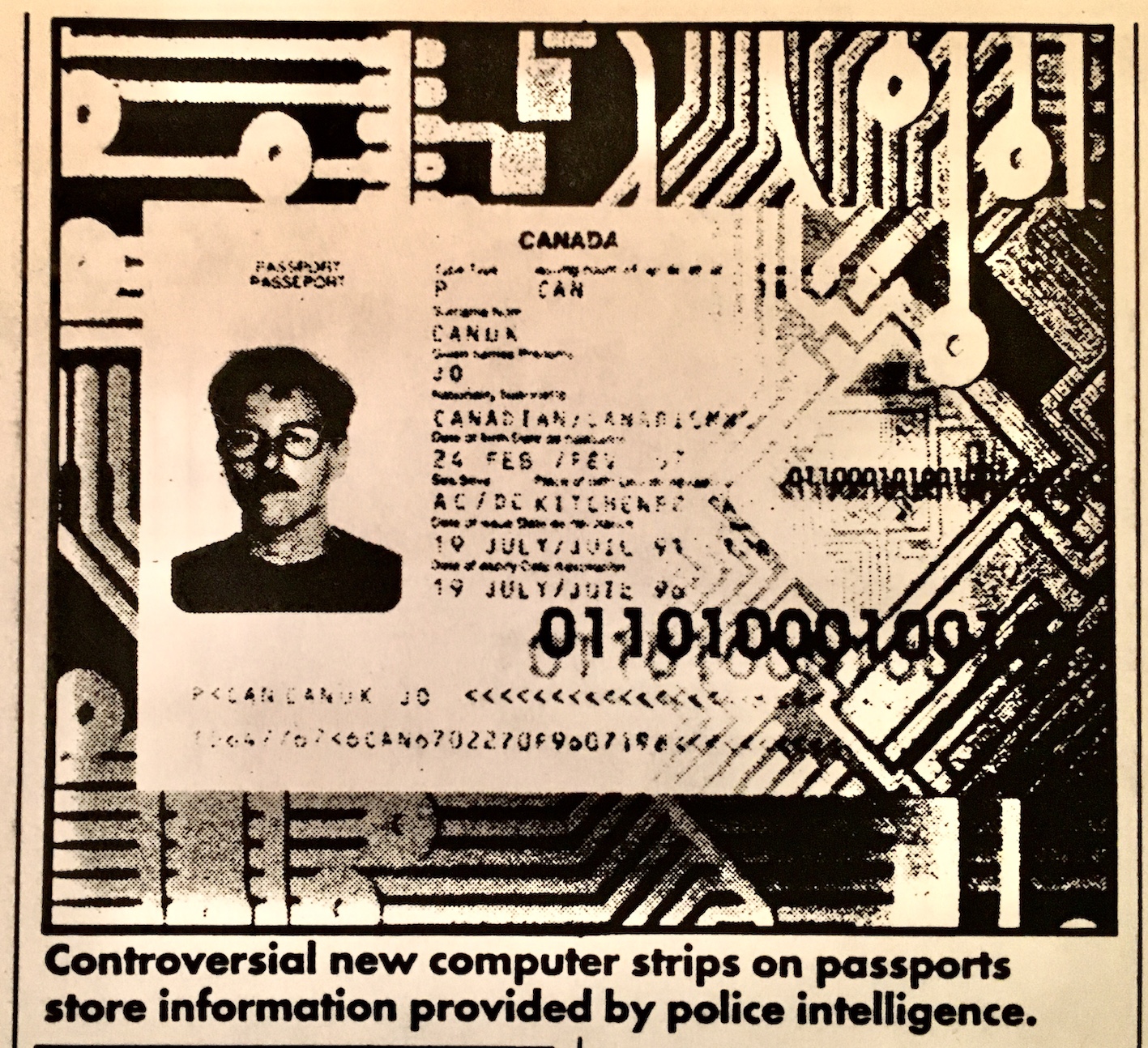Fashion Closes Gap Between Catwalk and Crafts
 Monday, June 15, 2015 at 11:08AM
Monday, June 15, 2015 at 11:08AM 
The notion of doing right with fashion has been getting a make-over in the past few years. In the West, non-sweatshop clothing and crafts from developing countries have long been confined to a small niche in the marketplace. They were seen at best as garments for the eccentric or unconventional, and at worst as a poor substitute for clothing and accessories peddled by the major manufacturers. Organic or ethically produced products were often stigmatized as unfashionable and frumpy.
In Paris, the Ethical Fashion Show, now in its fourth year, showcases fashion that respects people and the environment while still being glamorous, luxurious and trendy. It has attracted designers from around the world, including Mongolia, Thailand, China, Peru and Bolivia. The show demands that all participants adhere to International Labour Organization conventions – including banning forced and child labour – respect the environment, create local employment and work with craftspeople to ensure skills are retained and the fashion reflects the diversity of the world’s cultures.
As an example of the high growth in ethical fashion in the past year, the UK chain of clothing and food retailers Marks and Spencer has become the world’s biggest buyer of Fairtrade cotton.
“I have only been in the business for the past 12 months, but at first it was hard to find producers,” said Tamzin Berry, owner of the British company Ethical Catwalk. “But now it has really taken off. Celebrities have helped to raise the profile. One line we carry, Red Mother, Madonna’s backing dancers wear it. I have found everybody in the business to be very approachable, genuinely caring and ethical people.”
Style is the big consideration now, said Berry. “More of the trendy labels have taken up the challenge and it seems to be going the same way as the organic food. “
“The fashion industry has one of the worst reputations of any industry,” Dr. Katie Beverley of the University of Leeds’ Nonwovens Research Group told The Guardian newspaper. “But the drive for ethical and environmental considerations in design has never been stronger.”
In Mozambique, catwalk fashions are helping poor people and saving fast-depleting forests. A project by the International Trade Centre (a joint initiative between UNCTAD and the WTO (www.intracen.org)) in the forests of Sofala Province – stretching from Angola to southern Tanzania, Mozambique, and northern South Africa – targets this home of rare hardwoods. Local craftspeople in the town of Dondo were producing crafts for a tourist market that didn’t exist and a local market that couldn’t afford them. But by bringing on board the social entrepreneur Allan Schwarz – an expert in working with forest communities and an Ashoka fellow (www.ashoka.org) – they were able to create bracelets of high enough quality to sell in fashion magazines and be a hit at the Ethical Fashion Show in Paris. On average, workers wages have increased 14 times topping at US $300/month in a country where average income per year is US $250.
By David South, Development Challenges, South-South Solutions
Published: March 2007
Development Challenges, South-South Solutions was launched as an e-newsletter in 2006 by UNDP's South-South Cooperation Unit (now the United Nations Office for South-South Cooperation) based in New York, USA. It led on profiling the rise of the global South as an economic powerhouse and was one of the first regular publications to champion the global South's innovators, entrepreneurs, and pioneers. It tracked the key trends that are now so profoundly reshaping how development is seen and done. This includes the rapid take-up of mobile phones and information technology in the global South (as profiled in the first issue of magazine Southern Innovator), the move to becoming a majority urban world, a growing global innovator culture, and the plethora of solutions being developed in the global South to tackle its problems and improve living conditions and boost human development. The success of the e-newsletter led to the launch of the magazine Southern Innovator.
Follow @SouthSouth1
Google Books: https://books.google.co.uk/books?id=Hni77Zii2aAC&dq=development+challenges+march+2007&source=gbs_navlinks_s
Slideshare: http://www.slideshare.net/DavidSouth1/development-challenges-march-2007
Southern Innovator Issue 1: https://books.google.co.uk/books?id=Q1O54YSE2BgC&dq=southern+innovator&source=gbs_navlinks_s
Southern Innovator Issue 2: https://books.google.co.uk/books?id=Ty0N969dcssC&dq=southern+innovator&source=gbs_navlinks_s
Southern Innovator Issue 3: https://books.google.co.uk/books?id=AQNt4YmhZagC&dq=southern+innovator&source=gbs_navlinks_s
Southern Innovator Issue 4: https://books.google.co.uk/books?id=9T_n2tA7l4EC&dq=southern+innovator&source=gbs_navlinks_s
Southern Innovator Issue 5: https://books.google.co.uk/books?id=6ILdAgAAQBAJ&dq=southern+innovator&source=gbs_navlinks_s

This work is licensed under a
Creative Commons Attribution-Noncommercial-No Derivative Works 3.0 License.
 Development Challenges,
Development Challenges,  International Trade Centre,
International Trade Centre,  South-South Solutions,
South-South Solutions,  Southern Innovator,
Southern Innovator,  catwalk,
catwalk,  craft,
craft,  ethical fashion,
ethical fashion,  ethical fashion show,
ethical fashion show,  fashion,
fashion,  organic,
organic,  undefined in
undefined in  Agenda 21,
Agenda 21,  Cities,
Cities,  Data,
Data,  David South Consulting,
David South Consulting,  Development Challenges, South-South Solutions,
Development Challenges, South-South Solutions,  Digital,
Digital,  GSSD Expo,
GSSD Expo,  Global South-South Development Expo,
Global South-South Development Expo,  Internet,
Internet,  Media,
Media,  Solutions,
Solutions,  Southern Innovator Magazine,
Southern Innovator Magazine,  Trade,
Trade,  UN Innovator Stories,
UN Innovator Stories,  UNDP Innovator Stories,
UNDP Innovator Stories,  UNOSSC,
UNOSSC,  United Nations,
United Nations,  Women,
Women,  Youth
Youth 

